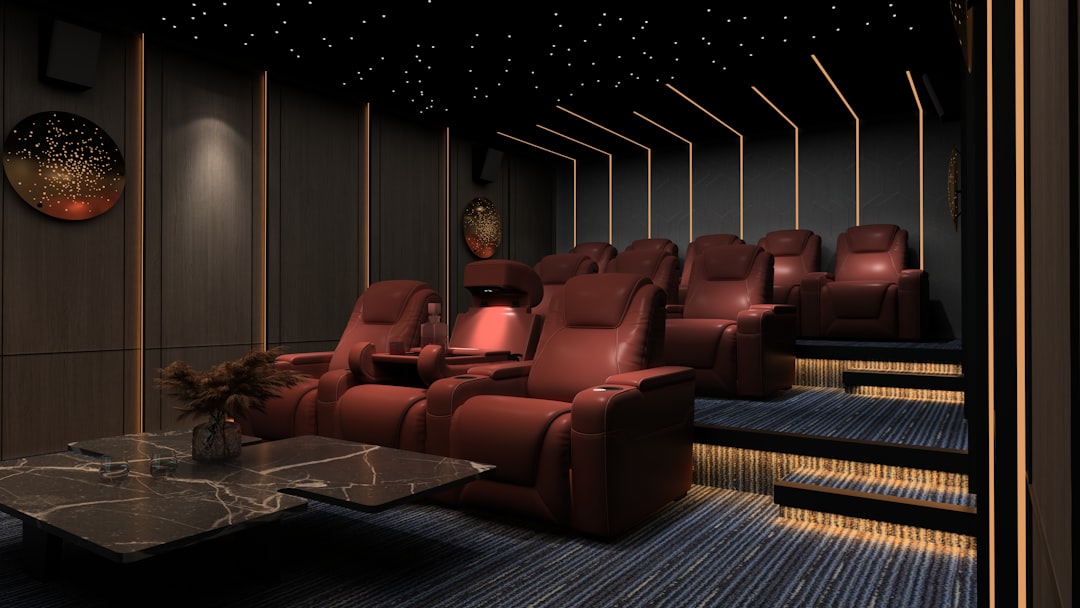The evolution of film consumption has reached a new frontier with the emergence of 3D online films tailored for VR headsets, 3D glasses, and 3D televisions. No longer limited to cinema experiences, these immersive formats are now more accessible than ever in home environments, allowing viewers to step inside the story in a way traditional 2D film never could. As streaming services and digital content platforms grow, the demand for high-quality 3D films online is expanding rapidly.
Thanks to advancements in virtual reality and 3D imaging technologies, content creators are now delivering films that offer a deeply engaging and interactive experience. Whether you’re using a dedicated VR headset like the Oculus Quest, watching on a 3D-capable TV, or using stereo 3D glasses with your monitor, the depth and realism of modern 3D movies are reshaping how we enjoy visual storytelling.

Types of 3D Films for Home Viewing
When exploring 3D films online, it’s helpful to understand the primary formats available. These formats ensure compatibility with various devices and present different viewing experiences:
- Stereo SBS (Side-by-Side) – This format splits the screen horizontally, showing two images side by side. It’s widely used for VR headsets and 3D TVs.
- Over-Under (OU) – This format stacks the images vertically and is sometimes preferred for mobile VR devices to maintain better field-of-view calibration.
- Anaglyph 3D – A more traditional format requiring red-cyan glasses. Though dated in comparison, it’s still used due to its simplicity and compatibility with basic screens.
- 180° and 360° VR Films – These provide spherical views, creating fully immersive environments best experienced through VR headsets.
Platforms Offering 3D Online Content
Several major platforms and niche providers have embraced the trend of offering 3D films accessible via streaming or download. Here are a few notable options:
- Bigscreen VR – This application not only allows social VR movie watching but also streams licensed 3D movies in virtual cinemas.
- Vudu – Known for its high-definition content, Vudu carries a selection of 3D feature films viewable via 3D TVs or compatible VR systems.
- Oculus TV and Meta Quest Store – These platforms offer a growing library of VR and 3D films, including both documentaries and fiction.
- Youtube VR – A surprisingly rich source of 3D content, including user-generated 180° and 360° videos, some of which are of cinematic quality.

Differences Between Devices: What to Expect
The experience of watching 3D content can vary significantly depending on the display device and content format. Here’s a breakdown of what viewers can expect across popular platforms:
- VR Headsets: Provide the deepest immersion, especially with 180° or 360° content. Ideal for personal cinema experiences with interactive elements, though may require larger file sizes and stronger hardware support.
- 3D Glasses and TVs: Offers a traditional cinematic feel in the home. While less immersive than VR, the image fidelity and color depth are often superior to mobile VR experiences.
- PC Monitors with Anaglyph Glasses: Accessible and budget-friendly, but lacks the image clarity and depth found in modern 3D formats.
Benefits and Challenges
3D online films offer a renewed way of experiencing cinema with several benefits, but also present a few technological challenges:
Benefits:
- Enhanced realism and immersion.
- Interactivity in VR environments.
- Greater emotional impact from spatial storytelling.
Challenges:
- Requires compatible hardware, which can be costly.
- Motion sickness is a common issue for some VR users.
- Streaming large 3D files demands high bandwidth and compression efficiency.
The Future of 3D Content Delivery
With continued improvements in display resolution, video codecs, and tetherless VR devices, the barriers to 3D content consumption are gradually fading. As filmmakers adopt more spatial storytelling tools, we expect to see even more native 3D productions rather than post-converted films. Combined with AI-driven rendering and real-time 3D environments, tomorrow’s movies could become truly interactive simulations rather than passive viewings.
Whether you’re a casual moviegoer or a tech-savvy enthusiast, exploring the expanding universe of 3D online films can be a transformative entertainment experience—equally artistic and technological.

